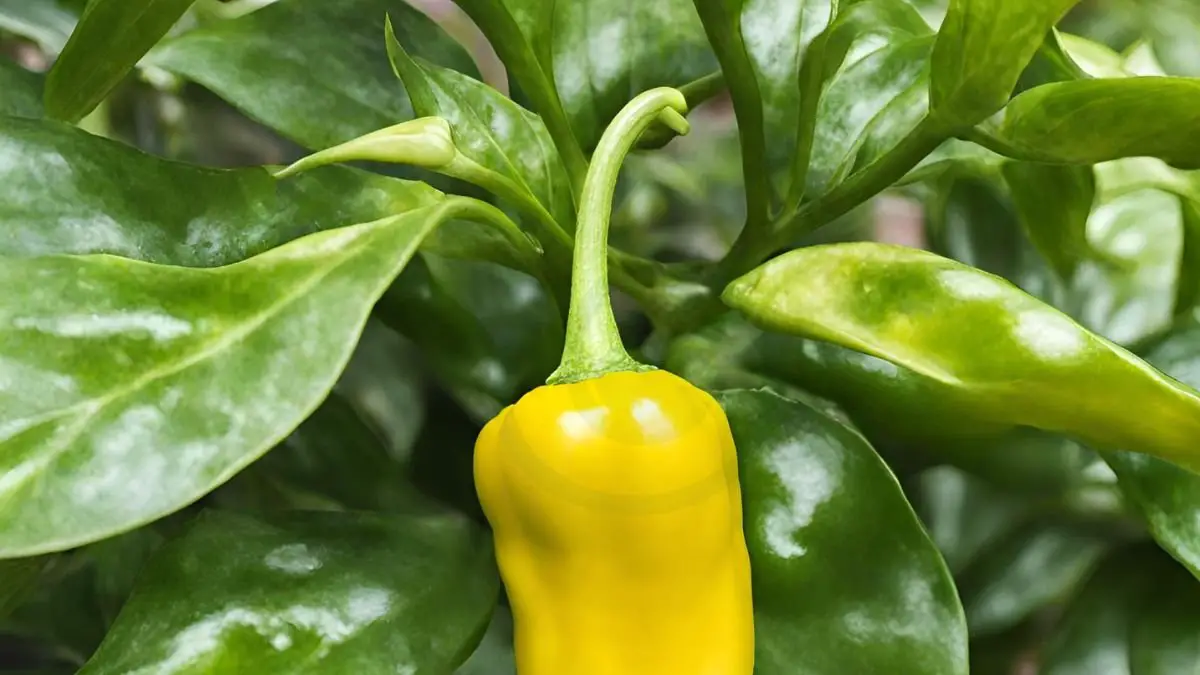Noticed your pepper plants turning yellow? Don't fret! Understanding the reasons behind this change is crucial for nurturing healthy plants. From overwatering to nutrient deficiencies, various factors can impact the color of your pepper plants. By identifying these issues early on, you can take proactive steps to revive your plants and ensure a thriving garden. Let's delve into the common causes of yellowing pepper plants, such as nitrogen deficiency, and how to address them effectively.
Key Takeaways
- Check Soil Nutrients: Monitor nitrogen levels in the soil to address yellowing leaves by using appropriate fertilizers.
- Maintain Proper Watering: Prevent yellowing by ensuring consistent and adequate watering to manage water stress effectively.
- Protect from Cold: Shield pepper plants from cold weather to avoid yellow leaves caused by temperature fluctuations.
- Supplement with Magnesium and Calcium: Boost plant health by supplementing with magnesium and calcium to combat yellowing.
- Address Deficiencies Promptly: Swiftly address any other nutrient deficiencies to keep pepper plants healthy and vibrant.
- Prevent Diseases and Pests: Implement prevention strategies to safeguard plants from diseases and pests that can cause yellowing leaves.
Unraveling Yellow Leaves
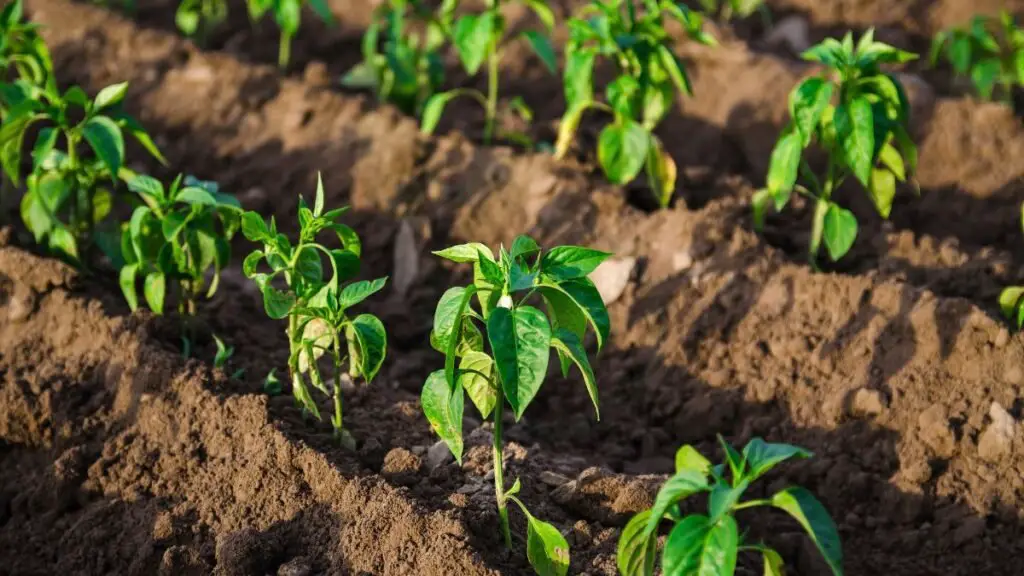
Nitrogen Deficiency
Yellowing leaves on pepper plants typically begin at the bottom of the plant, progressing upwards. Stunted growth, yellow leaves, and water problem are common symptoms of nitrogen deficiency in plants. To address this yellowing issue, consider fertilizing the plant to replenish the nitrogen levels.
Watering Stress
Maintaining proper soil moisture is crucial to prevent yellowing leaves due to watering issues. Ensure that the soil is moist but not waterlogged to avoid stress on pepper plants. Regularly monitor soil moisture levels to prevent both over-watering and under-watering.
Cold Weather Impact
Pepper plants may experience yellowing leaves when exposed to temperatures below 50°F. It's important to understand that yellow leaves during cold weather might be a natural response as the plant prepares for hibernation. These yellow leaves will be scattered around the plant rather than concentrated in one area.
Other Nutrient Shortages
Apart from nitrogen deficiency, magnesium and calcium deficiencies can also lead to yellowing leaves in pepper plants. Magnesium deficiency manifests as yellowing leaves with green veins, while calcium deficiency shows symptoms like curled leaves and brown spots.
Nitrogen Solutions
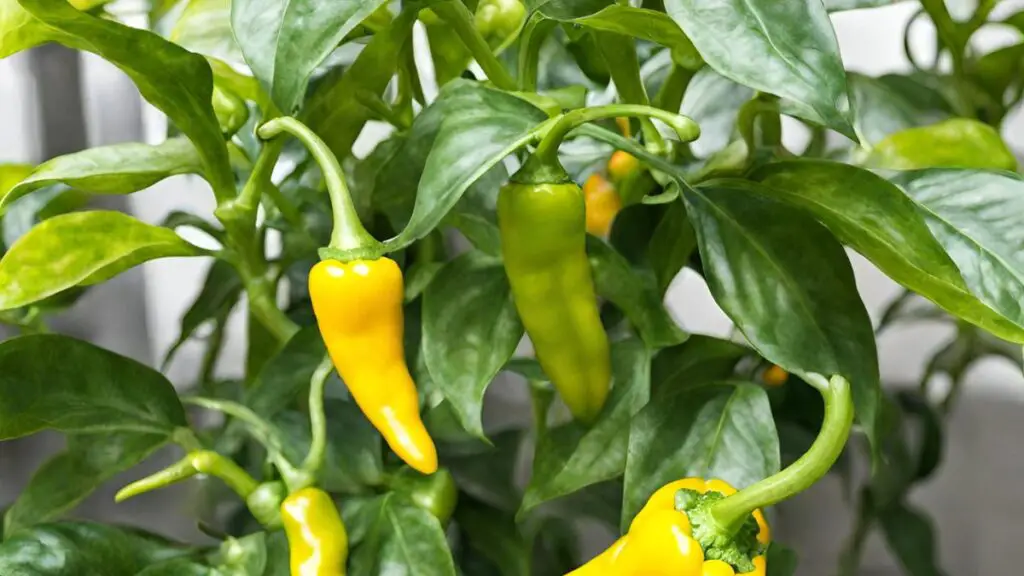
Identifying Needs
Assess the plant for signs of nutrient deficiencies. Look for yellowing leaves and stunted growth. Observe leaf patterns to pinpoint specific deficiencies.
Adding Nitrogen
Consider fertilization to address nitrogen deficiency. Apply nitrogen to prevent further leaf yellowing. Note that already yellow leaves will not turn green again.
Water Stress Management
Adjusting Practices
Modify watering habits to prevent over-watering, which can lead to yellowing leaves and stunted growth. Adjust the watering frequency by checking the soil moisture regularly. Implement changes in your watering routine to avoid causing stress on pepper plants.
Recognize signs of over-watering through yellowing leaves and stunted growth in pepper plants. Identify under-watering by assessing the dryness of the soil. It's crucial to understand the significance of maintaining proper watering practices for healthy plant growth.
Signs of Over/Underwatering
- Yellowing leaves
- Stunted growth
- Dry soil
Adjust your watering practices based on these signs, such as yellow, to ensure optimal growth conditions for your pepper plants.
Cold Weather Strategies
Protecting Plants
Shield plants from extreme temperatures to prevent yellowing leaves. Take measures to protect plants during cold weather. Ensure plants are not exposed to conditions that cause stress.
Recognizing Symptoms
Learn to identify symptoms of nutrient deficiencies. Observe leaf color changes for clues on plant health. Recognize signs of stress in pepper plants.
Magnesium and Calcium Boost
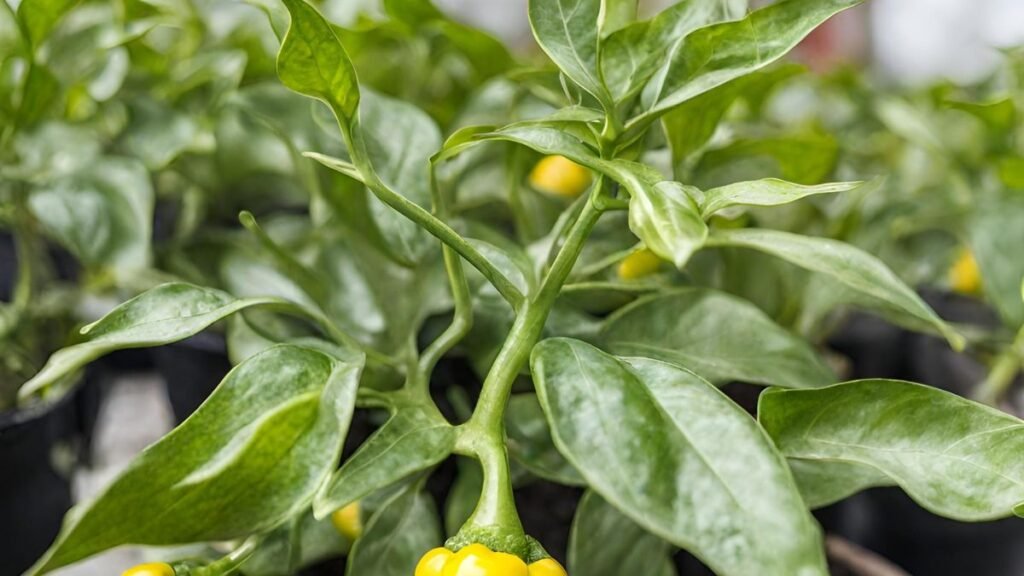
Magnesium Deficiency
Pepper plants suffering from magnesium deficiency exhibit yellowing leaves with green veins, a telltale sign of the issue. To address this problem effectively, use cal-mag, a supplement rich in both calcium and magnesium. By providing the necessary nutrients, you can improve plant health significantly.
Recognizing the impact of magnesium deficiency on pepper plants is crucial for maintaining a thriving garden. Without an adequate supply of magnesium, plants struggle to carry out essential functions like photosynthesis and nutrient absorption. This deficiency can lead to stunted growth and poor fruit development.
Calcium Deficiency
Calcium deficiency in pepper plants manifests as curled leaves and brown spots, indicating a lack of this vital nutrient. Treating calcium deficiency involves incorporating calcium-rich fertilizers or supplements to the soil. By addressing this issue promptly, you can enhance overall plant health and productivity.
Understanding how calcium deficiency affects pepper plants underscores the importance of balanced nutrition in gardening. Calcium plays a pivotal role in cell wall formation, enzyme activity, and overall plant structure. Neglecting calcium supplementation can result in weakened stems, poor fruit quality, and increased susceptibility to diseases.
Addressing Other Deficiencies
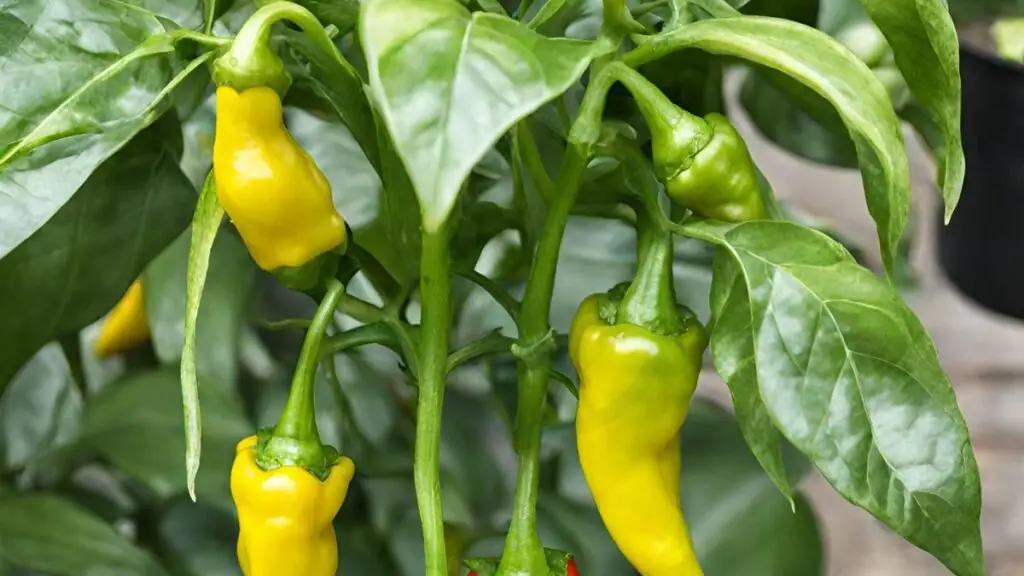
Spotting Signs
Watch for specific signs of nutrient deficiencies. Look out for yellowing leaves, stunted growth, and poor fruit development. Identify deficiencies early to prevent further damage to your pepper plants. Early intervention can help restore plant health effectively.
Monitor plant health regularly for signs of distress such as leaf discoloration, leaf curling, or unusual patterns on the foliage. These indicators can point towards specific nutrient deficiencies that need addressing promptly. Regular inspection is key to maintaining healthy pepper plants.
Fertilizer Types
Explore different types of fertilizers suitable for pepper plants to address deficiencies effectively. Consider options like nitrogen-rich fertilizers, phosphorus-based products, or potassium supplements. Each fertilizer type plays a crucial role in nourishing the plants appropriately.
Understand the role of fertilizers in addressing nutrient deficiencies by providing essential elements for plant growth. Different nutrients play distinct roles in supporting plant functions, such as root development, flowering, and fruit setting. Choosing the right fertilizer based on your plant's needs is crucial for optimal growth.
Disease and Pest Prevention
Common Culprits
Pepper plants turning yellow can be attributed to various factors. Nutrient deficiencies like lack of nitrogen, potassium, or magnesium are common culprits. Overwatering or underwatering can also lead to yellow leaves. Addressing these issues promptly is crucial for plant health.
Preventative Measures
To prevent nutrient deficiencies, ensure proper fertilization with a balanced blend. Beneficial insects like ladybugs can help control harmful pests naturally. Avoid over-fertilizing as it can stress the plants. Provide adequate sunlight and well-draining soil to maintain optimal growing conditions.
Advanced Care Tips
Regular Monitoring
Establish a routine for monitoring plant health. Check for signs of stress or deficiencies regularly. By monitoring changes in plant appearance, you can promptly address any issues that arise.
l Testing Importance:
Understanding the significance of soil testing is crucial for maintaining plant health. Conduct soil tests to accurately identify any nutrient deficiencies present in the soil. Utilize the results from these tests to determine the appropriate fertilization requirements.
Success Stories
Before and After
Pepper plants turning yellow can be distressing, but monitoring growth changes can lead to solutions. Observe the plant's condition before and after implementing necessary measures. Look for significant improvements in the plant's appearance post-intervention.
Track the plant's health over time to ensure sustained growth progress. Compare photos of the plant before and after addressing any issues to see visible changes. Documenting these transformations can help in understanding the effectiveness of interventions.
Reader Tips
- Maintain healthy pepper plants by ensuring they receive adequate sunlight and water.
- Prevent yellowing leaves by checking soil moisture regularly.
- Readers suggest using organic fertilizers for optimal plant growth.
Yellow leaves on pepper plants might indicate nutrient deficiencies or overwatering. By following these tips, gardeners can promote healthy growth and vibrant foliage. Share experiences with other growers to learn more about successful strategies for nurturing pepper plants.
Final Remarks
In caring for your yellowing pepper plants, you've learned to identify nutrient deficiencies, manage water stress, combat cold weather challenges, and prevent diseases and pests. By addressing these issues promptly and with tailored solutions, you are well on your way to reviving your plants' health and vitality. Remember the success stories shared here – they prove that with dedication and the right knowledge, you can turn things around for your garden.
Now armed with advanced care tips and a deeper understanding of your plants' needs, it's time to put your newfound expertise into action. Keep monitoring your pepper plants closely, implement the strategies discussed, and watch as they thrive once again. Your commitment to their well-being will not go unnoticed – a flourishing pepper garden awaits you.
Frequently Asked Questions
Why are my pepper plants turning yellow?
Pepper plants can turn yellow due to various reasons like nutrient deficiencies, over or under-watering, pests, diseases, or environmental stress. Identify the specific cause by checking for signs of nutrient imbalance, water stress, pests, or diseases.
How can I address yellow leaves on my pepper plants?
To address yellow leaves on pepper plants:
- Check for nutrient deficiencies and adjust fertilizer accordingly.
- Ensure proper watering practices to avoid both over and under-watering.
- Monitor for pests and diseases regularly and take appropriate action.
- Provide adequate sunlight and protect from extreme weather conditions.
What are some common nutrient deficiencies that cause yellowing in pepper plants?
Common nutrient deficiencies leading to yellow leaves in pepper plants include nitrogen, magnesium, calcium, and iron. These deficiencies can be addressed by adjusting fertilization practices or using specific nutrient supplements tailored to each deficiency.
How can I prevent diseases and pests that may cause yellowing in my pepper plants?
To prevent diseases and pests causing yellow leaves in pepper plants:
- Practice crop rotation to reduce disease carryover.
- Use organic pest control methods like neem oil or insecticidal soap.
- Maintain good garden hygiene by removing debris and weeds regularly.
- Inspect plants regularly for early detection of issues.
When should I consider advanced care tips for my yellowing pepper plants?
Consider advanced care tips like foliar sprays, specialized fertilizers, or growth enhancers if basic interventions fail to improve the condition of your pepper plants. Consult with gardening experts or extension services for personalized advice based on your plant's specific needs.
Image Source: Paid image from CANVA

